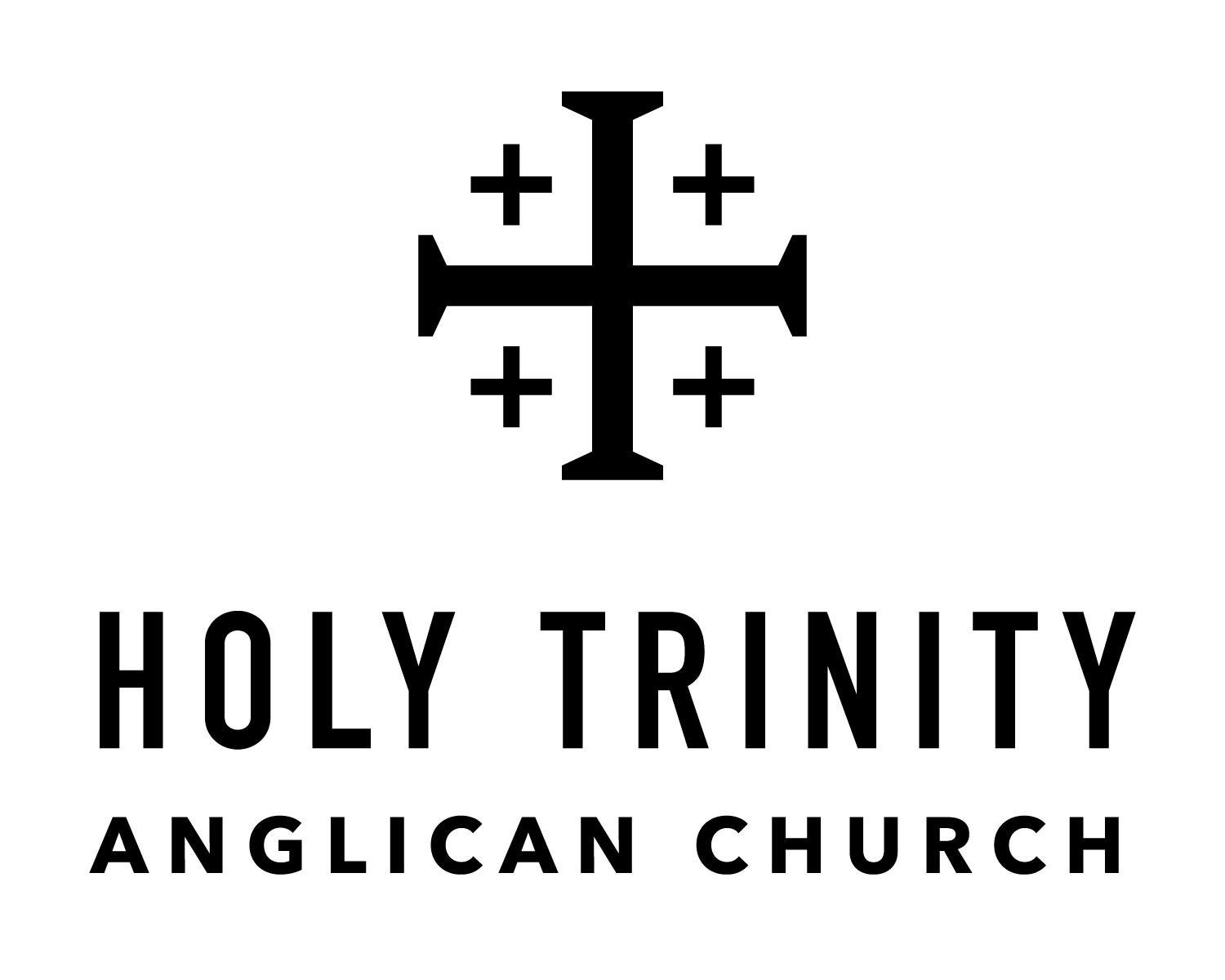Confirmation, Reception, and Reaffirmation
What is the difference between Confirmation, Reception, and Reaffirmation?
Confirmation is for persons who, having been baptized as children, have never made an adult public commitment to live the Christian faith. When the bishop lays hands on the person being confirmed, he prays:
Strengthen, O Lord, with your Holy Spirit, your servant N.; empower him for your service; and sustain him all the days of his life.
Reception is for persons who were baptized as children and confirmed as youth or adults in another Christian communion than Anglicanism; or who were baptized and made a public profession of faith as mature (older youth or adult) believers in another Christian communion than Anglicanism. Sometimes people in the latter group perceive that they have never made what they would consider a mature or truly adult public profession of faith, particularly if they received baptism in late childhood in a credo-baptistic (believer’s baptism only) tradition (Baptist, Christian/Disciples, Church of Christ, most Pentecostal churches, most nondenominational churches). In that case, Confirmation is the more appropriate rite. But generally these persons would be received.
When the bishop lays hands on the person being received, he prays:
Strengthen, O Lord, with your Holy Spirit, your servant N., whom we recognize as a member of the One, Holy, Catholic, and Apostolic Church, and receive into the fellowship of this Communion. Empower him for your service, and sustain him all the days of his life.
Reaffirmation is for persons who have been baptized and then either confirmed or received by a bishop in an Anglican Church; and who later experience a deepening of their faith such that they want to reaffirm their Christian commitment publicly, with prayer and the laying on of the bishop’s hands.
N., the Holy Spirit, who has begun a good work in you, direct and empower you by his grace, that you may continue in the service of our Lord Jesus Christ all the days of your life.
What is the meaning of the bishop laying hands on those who are confirmed, received, or reaffirmed?
The bishop is the chief pastor of the people and clergy of his diocese. When the bishop places his hands on your head during the service and prays for you, he is praying God’s blessing on you, welcoming you into this expression of Christ’s Body, and commissioning you to renewed discipleship. In answer to the bishop’s prayer, we believe that God strengthens you with his Holy Spirit and empowers you for his service. This is a powerful and moving experience for most people, and the memory will remain with them for years to come.
I was baptized as an infant in another denomination, and then my family stopped attending church. I only began attending again as an adult with my family. I want to join Holy Trinity but I don’t know if I need to be confirmed, received, or reaffirmed.
We would suggest you be confirmed, because you have not made a mature affirmation of the faith. Your Baptism makes you a full member of the church. Confirmation is a way for you to earnestly affirm your faith in a way that is deeply connected to the baptism of your childhood.
I was baptized as an adult in another denomination. Should I be confirmed?
We would recommend that you be received into Anglican Church. Since Confirmation is a “mature and public affirmation” it would be redundant for you to make another mature and public affirmation; you made such an affirmation at your Baptism. Holy Trinity honors your commitment to faith wherever it was made. Reception would mean that the bishop publicly recognizes the faith that has been present in your life and you would be formally welcomed into the Anglican Church through the laying on of his hands. You may also want to consider Reaffirmation if you feel your faith has grown substantially over the years.
More on Confirmation
What happens at Confirmation?
At Confirmation an individual receives the laying on of hands by the bishop, thereby affirming their faith, connect- ing them visibly to the wider church, and commissioning them for service and ministry in the church.
Is confirmation ever required to participate in certain aspects of church life?
Yes. God may call some into positions of leadership and ministry where Confirmation or Reception is either required or strongly recommended. Confirmation or Reception is required for ordination and is strongly recommend- ed to be able to serve on the parish Vestry as well to be able to serve in some lay ministries of the parish such as an Eucharistic Visitor (a person who administers Holy Communion to those who cannot, due to circumstances of illness, come to church). In the case of leadership or ministry, Confirmation and Reception emphasize one’s public affirmation of faith in the context of the Anglican Church and its tradition.
Church Membership
The Book of Common Prayer defines Baptism as “full initiation by water and the Holy Spirit into Christ’s Body the Church.” Therefore, church membership is contingent upon a person having been baptized. However, faithfulness to a local parish is very important. We, therefore, strongly encourage attenders of Holy Trinity to make specific commitments to our parish which are commensurate with being a member of a local church. Membership is required at Holy Trinity to vote at Annual Meeting and to serve in certain roles of leadership. We offer membership classes once or twice each year. Upon conclusion, those who wish to join Holy Trinity are asked to give their assent to a membership covenant, are recognized during the Sunday liturgy, and are welcomed as new members of our parish.
